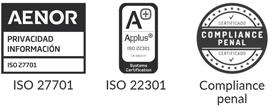Líder en comunicación omnicanal personalizada
Gestionamos tus comunicaciones con clientes integrando canales físicos y digitales.
Tu proveedor de servicios de comunicaciones omnicanal de confianza
«Trusted Omnichannel Communications Service Provider»
Con nuestro compromiso con la calidad y sostenibilidad, seguridad y privacidad de la información, además de nuestra responsabilidad para asegurar la continuidad de negocio, buscamos tu confianza para gestionar todo tipo de comunicaciones y transacciones con tus clientes, con la garantía de cumplir con la normativa vigente.

30
años comunicando
+170
empleados
7%
inversión I+D+i
+220
clientes
+250M
comunicaciones gestionadas
Ibex35
Top10 asegurador
![]()
Soluciones de comunicación con valor legal
- Notificaciones certificadas multicanal
Pleno valor probatorio y custodia de evidencias en un entorno seguro: burofax postal, burofax electrónico, publicaciones web certificadas.
- Contratación electrónica multicanal
El cumplimiento normativo fortalece la experiencia de cliente a través de firma o incluso nuestra sala virtual de firma.
- Identificación digital certificada
Procesos de onboarding digital, con total seguridad antifraude, a través de procesos de verificación y autenticación de la identidad de los usuarios.
![]()
Soluciones de comunicación omnicanal
- Transaccional
Gestión de las comunicaciones transaccionales con clientes a través de facturas, extractos, avisos de renovación, cambio de condiciones contractuales…
- Marketing
Integración y automatización de las campañas de marketing directo y promocional a lo largo del ciclo de vida del cliente.
Soluciones para el cumplimiento normativo
Contamos con soluciones diseñadas para el cumplimiento de la legislación vigente con carácter general (eIDAS, RGPD, LSSICE, …) o dirigidas a un sector específico (IDD, PSD2, PBC/FT…)
Tecnología compliance by design
La seguridad, privacidad y cumplimiento normativo en el ADN de nuestras plataformas.
Plataformas RegtechPlataformas OmnicanalEspecialistas en la transición digital sostenible de las comunicaciones omnicanal con valor legal
Con nuestra gestión contribuimos activamente a la consecución de tus objetivos de sosteniblidad, sumando a los beneficios medioambientales derivados de la digitalización, los que aportan nuestros materiales certificados sostenibles.
Más sobre nuestras certificaciones sostenibles
¿Quieres que contactemos contigo?
Un especialista estudiará tus necesidades.














































